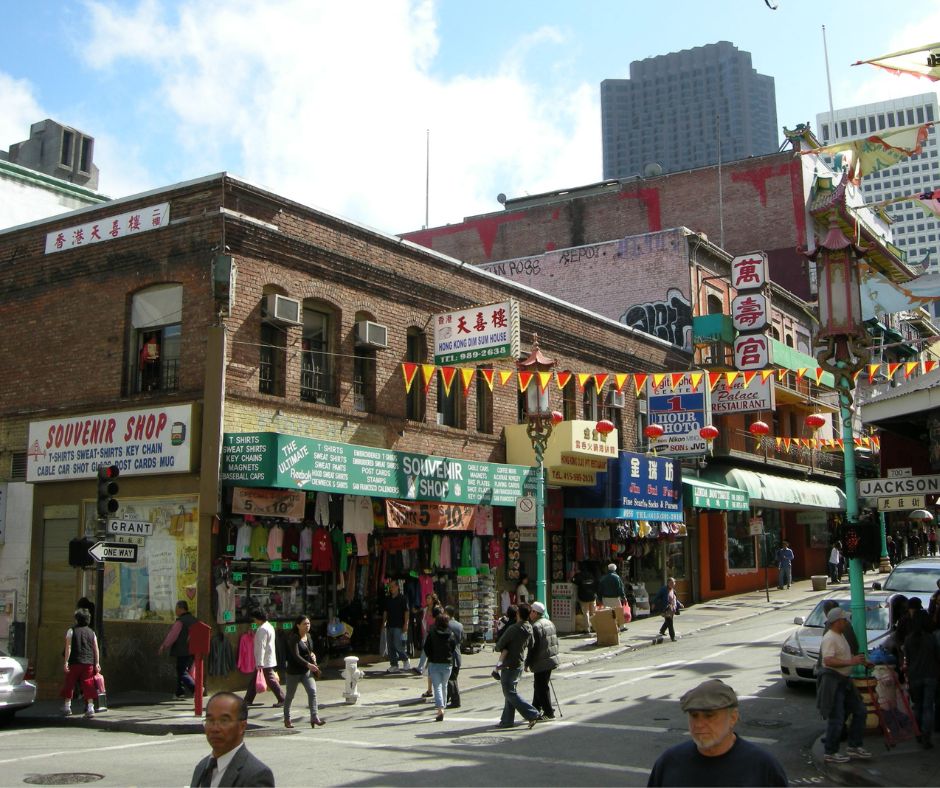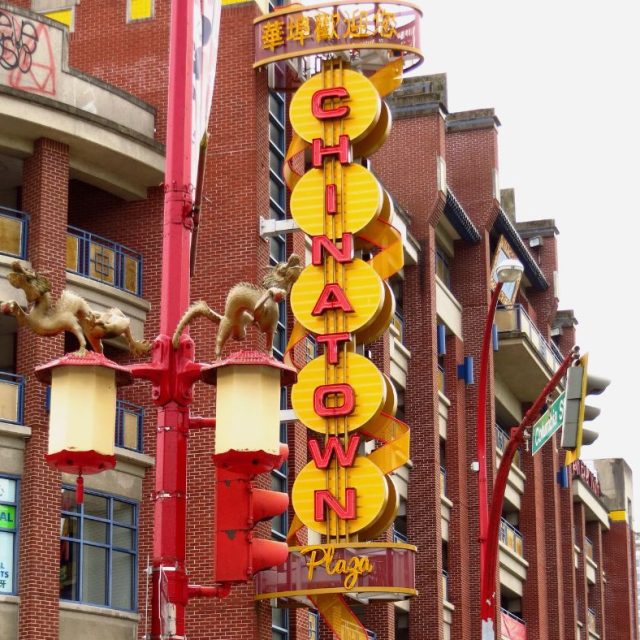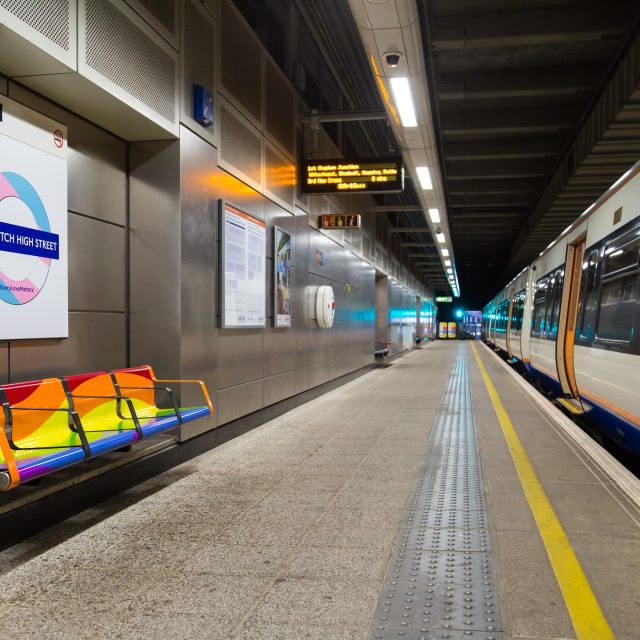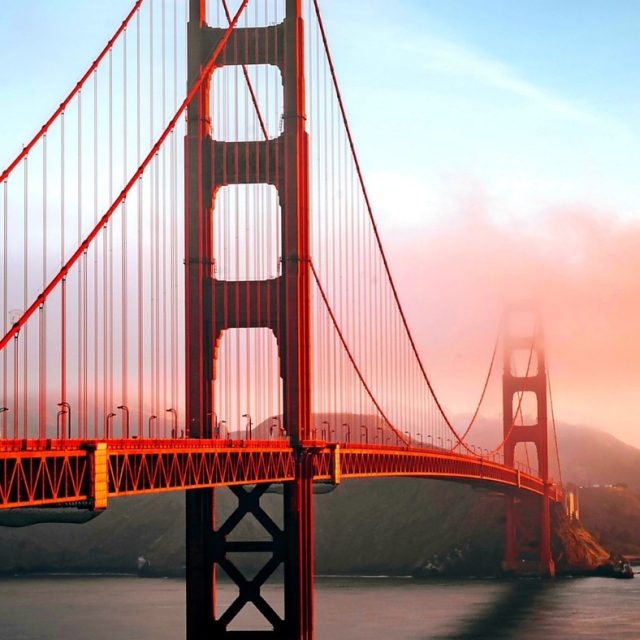Preserving heritage: communities in San Francisco their cultural identities
Project: mitigating effects of gentrification through protective legislation and funding

The Purpose
In recent decades, communities have collaborated with the City to preserve the cultural and social fabric of historic neighbourhoods and help mitigate the effects of gentrification.
The Challenge
San Francisco is a relatively small city comprised of many neighbourhoods, each with a distinctive history and character. However, rising rents due to an influx of new workers and slow growth of new housing, along with the homogenising effects of globalisation, have led to gentrification and concerns that some areas are losing their identities.
The initiative commemorates sites of historical importance to marginalised communities, such as Compton’s Cafeteria that was the site of resistance by San Francisco’s transgender community against discriminatory practices.

The Solution
The Cultural Districts initiative, led by the Board of Supervisors and a cohort of City departments (the Arts Commission, the Planning Department, the Mayor’s Office of Housing & Community Development, and the Office of Economic and Workforce Development), has resulted in the legislation of five distinct cultural districts. These districts protect and honour cultural assets, restrict land uses and zoning, and favour small businesses owned by families who have lived and worked in those communities for decades.
The areas are as follows: SOMA Pilipinas (the Filipino Cultural Heritage District), Calle 24 (the Latino Cultural District and birthplace of the San Francisco muralista movement), Compton Transgender Cultural District (the first prominent transgender neighbourhood in the United States), the Japantown Cultural Heritage District (the centre serving San Francisco’s Japanese American community), and the LGBTQ and Leather Cultural District (honouring the long history and philanthropy of the LGBTQ+ leather community). SOMA Pilipinas and Calle 24 are also recognised cultural districts by the State of California.
The initiative uses protective legislation and, in some instances, introduced land-use restriction policies that give preference to legacy businesses reflecting the fabric of the community. It also commemorates sites of historical importance to marginalised communities, such as Compton’s Cafeteria in the Tenderloin Neighbourhood, a former coffee shop that was the site of resistance by San Francisco’s transgender community against discriminatory and harassing police practices.
The Impact
First conceived in 2003, the initiative is ongoing, with legislation supporting emerging districts. Other communities, such as Chinatown and Bayview, are working to ensure protections for their respective heritage, businesses and cultural assets. An ordinance re-establishing the historic link between hotel tax revenue and arts funding will provide over $3 million in baseline funding annually to established districts.
Source: World Cities Culture Report 2022
Images Courtesy © Getty/Canva




